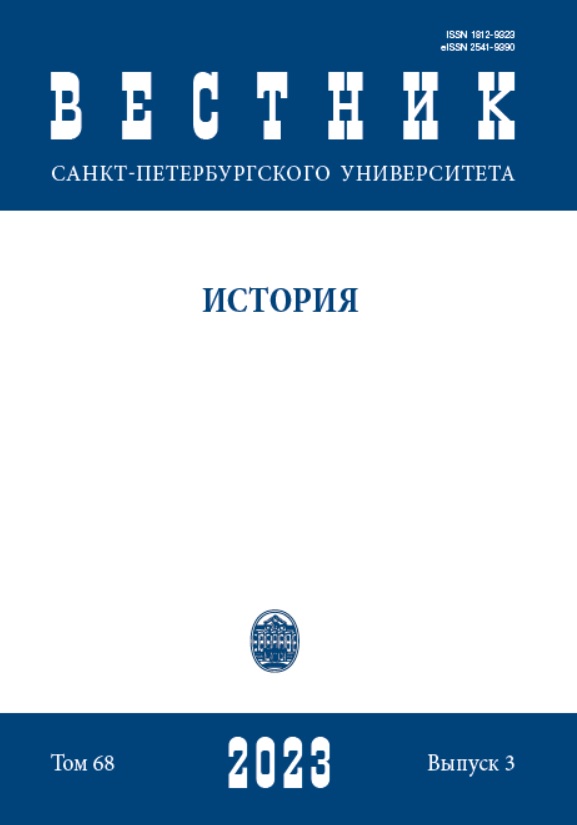Certain Problems of Researches of Caucasus Slavery as Holistic Phenomenon in Modern Russian-Speaking Historiography. Part II
DOI:
https://doi.org/10.21638/spbu02.2023.313Abstract
The article is devoted to the analysis of modern Russian historiography of slavery in the Caucasus. The author comes to conclusion that the works describing Caucasian slavery in general are rather few, and they began to appear relatively recently (although there are many on private and local subjects of Caucasian slavery). Therefore, there is no unified picture of slavery in the Caucasus, and even assessments of its cruelty can differ dramatically. The second part of the article concerns social practices and periodization of Caucasian slavery. The article reveals that the spread of slavery and slave trade, perceived as a moral norm, formed new social practices, such as upbringing of beautiful girls as slaves, formation of a special institution of intermediaries in the exchange or ransom of captives, etc. Today such practices may seem noble or monstrous, but in reality, they have always been socio-economically justified. As for the periodization of the Caucasian slavery, the author clarified the concept of A. A. Cherkasov, V. G. Ivantsov, M. Shmigel and S. N. Bratanovskii, in accordance with which three periods of development of slavery in the Caucasus are distinguished: “insignificant development” (4th–15th centuries), “flourishing” (16th–18th centuries) and “fading” (19th century). This concept stands out for its objectivity and lack of politicization, but lacks clear criteria for identifying periods. The article shows that Caucasian slaves were a majority in some significant markets (Trebizond, Genoa) already in the 15th century, and prerequisites for the extinction of slavery in the Caucasus in its previous forms began to take shape from the 18th century.
Keywords:
Caucasus, slavery, slave trade, captivity, social institutions, moral history
Downloads
References
Downloads
Published
How to Cite
Issue
Section
License
Articles of "Vestnik of Saint Petersburg University. History" are open access distributed under the terms of the License Agreement with Saint Petersburg State University, which permits to the authors unrestricted distribution and self-archiving free of charge.





